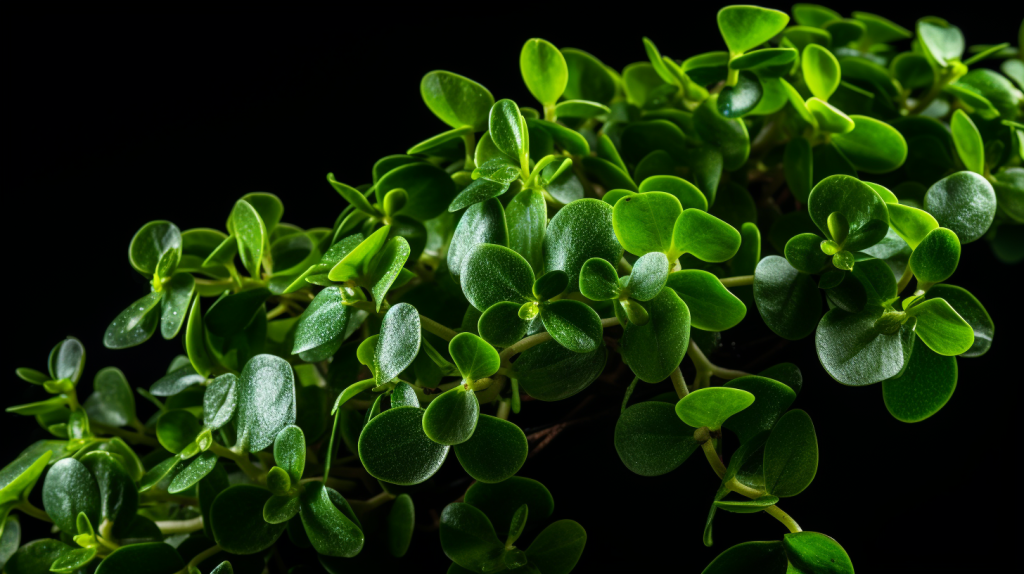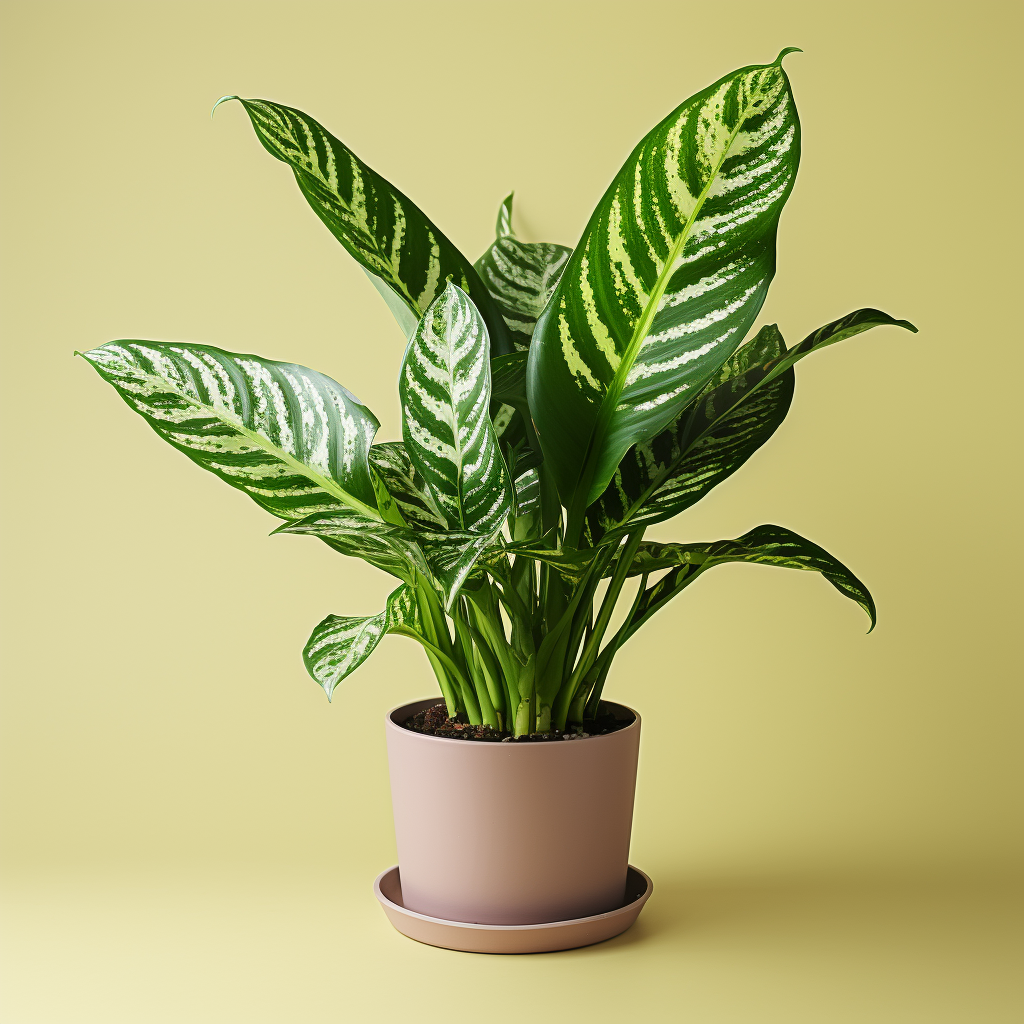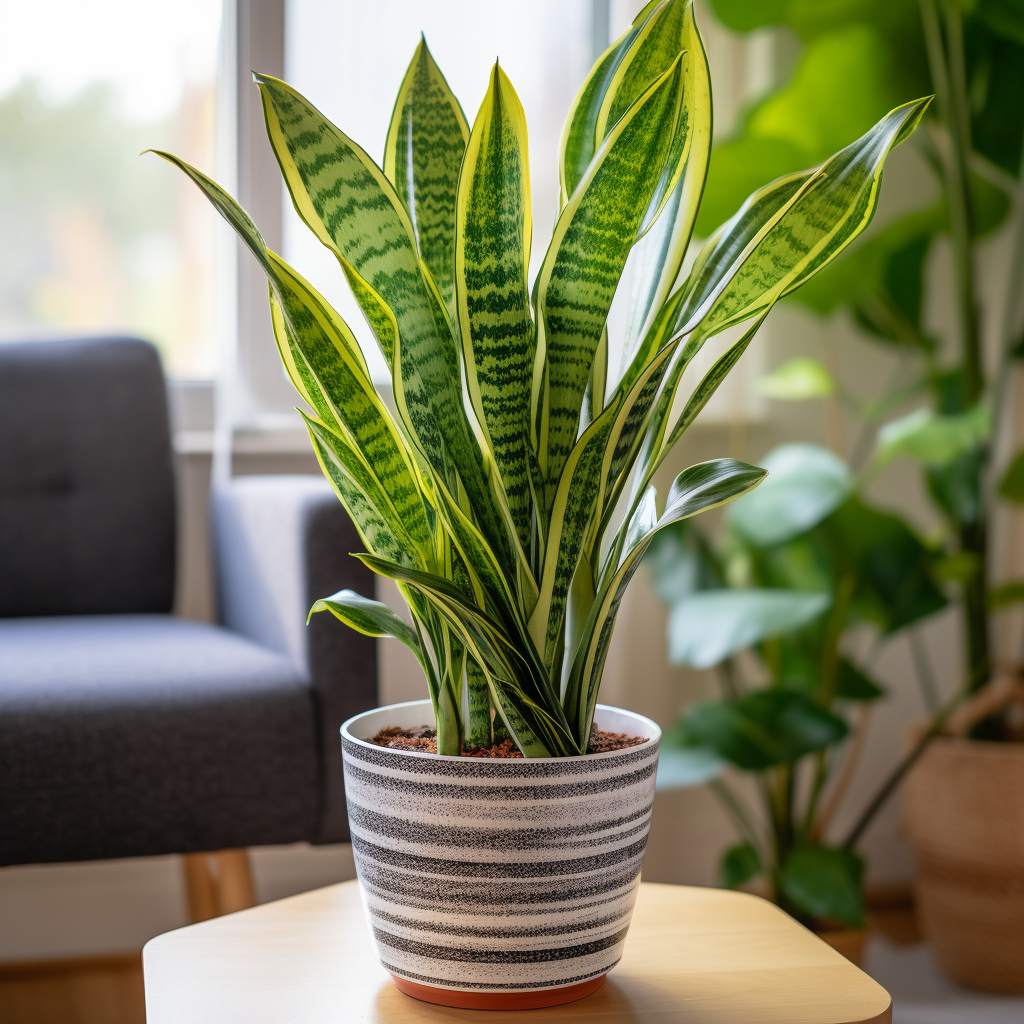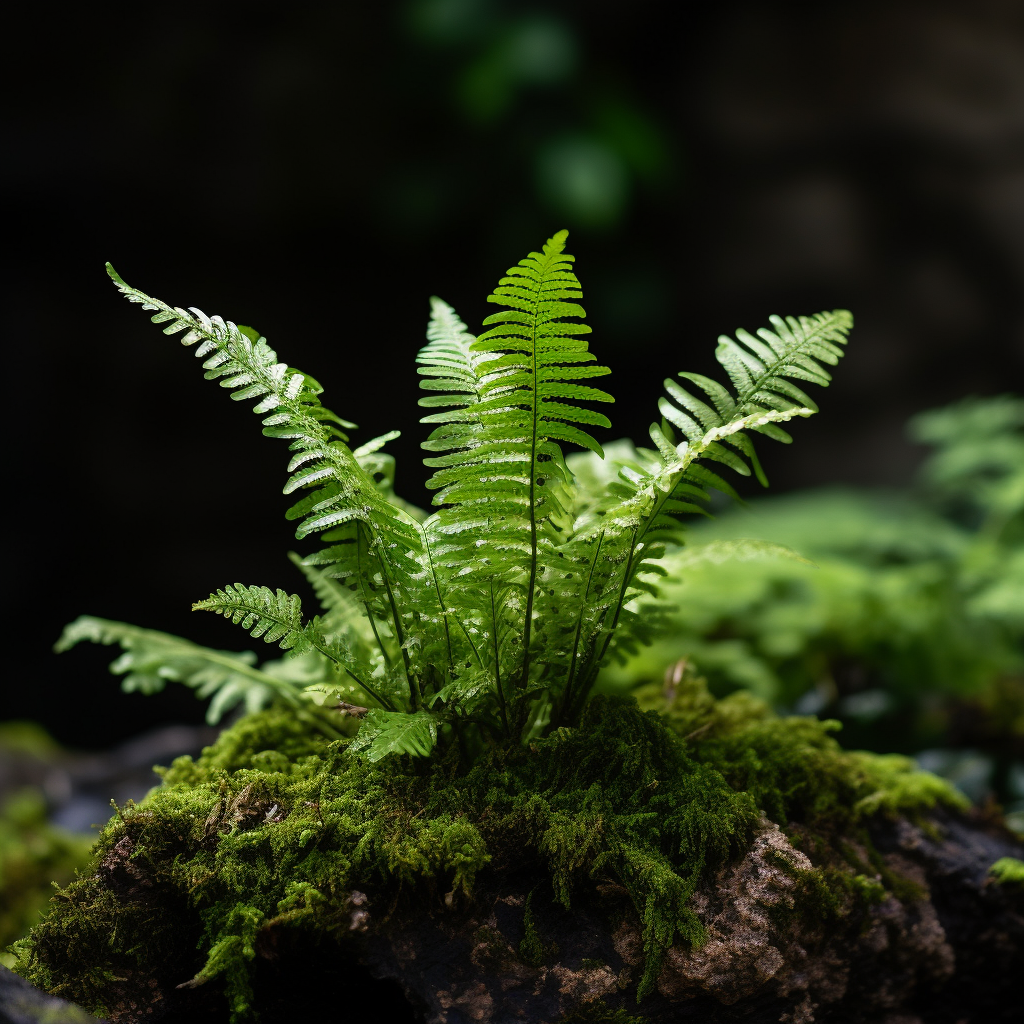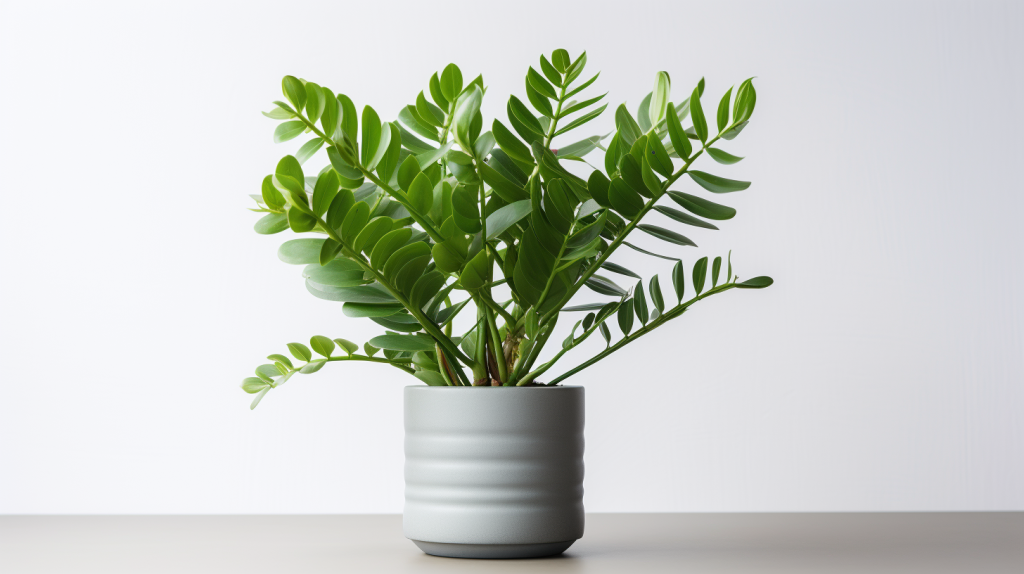Delve into the magical world of indoor plants as we explore the trailing jade plant, a compact, creeping foliage that brings a burst of green to your living space. This green gem, scientifically known as Peperomia Rotundifolia, is both visually appealing and easy to care for, making it a popular choice among plant enthusiasts.
What is the Trailing Jade Plant?
Trailing jade plant, also known as Peperomia Rotundifolia, is a delightful, low-growing plant native to South America. It’s a member of the Piperaceae family, which boasts a whopping 1,500 species, each more fascinating than the last.
Description Of Trailing Jade Plant
The trailing jade plant is an eye-catcher, sporting small, round, succulent-like leaves that cascade over the edges of its pot. Its dark green, glossy foliage often appears almost jade in color, giving it its evocative name. It has a thick stem that grows in a trailing or vining pattern, creating a lovely cascading effect when hung or placed on a high shelf.
What Does The Trailing Jade Plant Look Like?
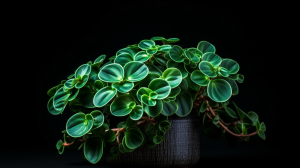
Imagine a waterfall of emerald-green coin-shaped leaves spilling from a hanging pot. That’s your trailing jade plant in a nutshell. Its compact, vining growth habit, coupled with its shiny, succulent-like leaves, makes it an attractive choice for indoor gardens and hanging baskets.
Trailing Jade Plant Flowering
The trailing jade plant isn’t grown for its flowers, but it does produce them nonetheless. The blooms are small, inconspicuous, and greenish-white, often overlooked due to the stunning foliage that outshines them.
Displaying Trailing Jade Plant
Due to its trailing nature, the trailing jade plant makes a lovely addition to hanging baskets or elevated shelves. However, it can also be placed on a desk or a windowsill, where its cascading growth can be fully appreciated.
Is The Trailing Jade Plant Poisonous?
One of the many benefits of the trailing jade plant is that it’s non-toxic to both humans and pets. This makes it a safe choice for households with curious children or playful pets.
Trailing Jade Plant Facts
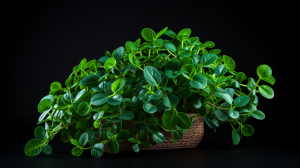
Aside from its captivating beauty, the trailing jade plant boasts a handful of interesting facts:
- Scientific Name: Peperomia Rotundifolia
- Family: Piperaceae
- Native: South America
- Growth Habit: Trailing/Vining
- Toxicity: Non-Toxic
Caring For Trailing Jade Plant
Although it’s a relatively easy plant to care for, the trailing jade plant does have some specific requirements:
- Light: Bright, indirect light
- Water: Allow soil to dry between waterings
- Temperature: Prefers warmer temperatures, 60-80°F (15-27°C)
- Humidity: Moderate to high humidity
Common Problems
Despite its hardiness, the trailing jade plant can face a few issues, such as leaf drop and wilting, often due to overwatering. Yellow leaves can signal excessive light, while pests like mealybugs and spider mites may occasionally make an appearance.
Frequently Asked Questions
- Is the trailing jade plant easy to care for? Yes, the trailing jade plant is relatively easy to care for, making it an excellent choice for both novice and experienced plant enthusiasts.
- Can the trailing jade plant grow in low light? While it can tolerate low light, the trailing jade plant thrives in bright, indirect light.
- How often should I water my trailing jade plant? You should allow the soil to dry out between waterings. Overwatering can lead to root rot and other problems.
- Is the trailing jade plant toxic to pets? No, the trailing jade plant is non-toxic to pets and humans.
- What type of soil is best for the trailing jade plant? Well-draining soil is ideal for this plant. You can use a mix of half potting soil and half perlite or orchid bark.
Conclusion
The trailing jade plant, with its enchanting cascading leaves and easy-care nature, is an excellent addition to any plant collection. By providing the right conditions and care, you can enjoy the beauty of this stunning plant in your home or office.
References:
- Peperomia: Plant Care and Growing Guide – The Spruce
- Peperomia Plant – How Did Radiator Plants Become the Best? – Plant Care Today
- Peperomia (Radiator Plant) – House Plants Expert.

